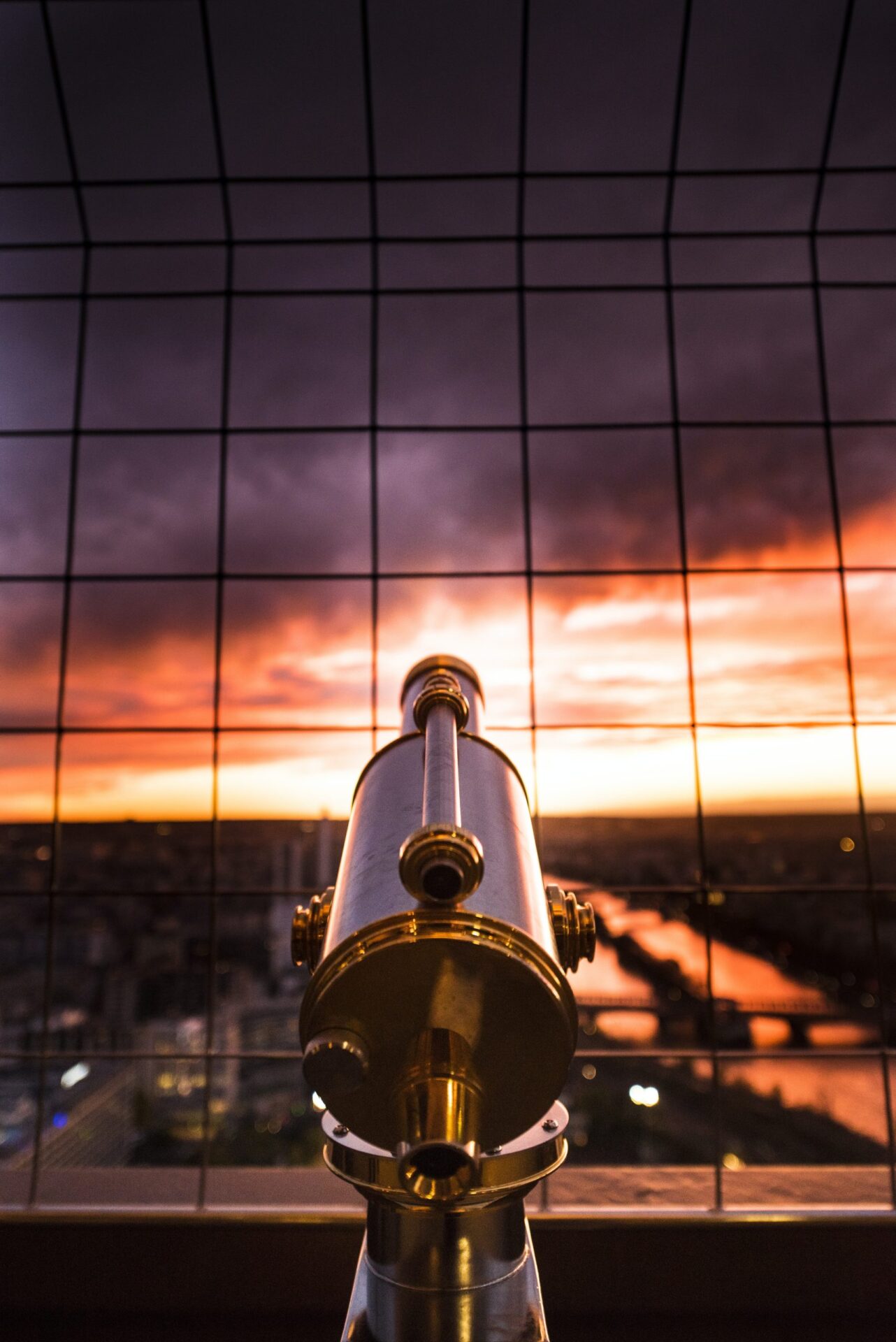So, you’re thinking about buying a telescope, huh? That’s exciting! When it comes to choosing the perfect one, there are a few things you should consider. First, think about what you want to observe. Are you interested in stargazing and exploring the universe or are you more focused on observing objects on Earth like birds or landmarks? This will help determine the type of telescope that will best suit your needs.
Next, think about your budget. Telescopes come in a wide range of prices, so it’s important to establish how much you are willing to invest in this new hobby. Keep in mind that higher quality telescopes often come with a higher price tag, but they can provide clearer and more detailed views. However, if you’re just starting out, there are also affordable options available that can still provide a great entry-level experience. Ultimately, it’s important to find a telescope that fits both your interests and your budget. So, take your time, do some research, and enjoy the incredible journey of observing the wonders of the universe! Buying a telescope can be an exciting and rewarding experience. Whether you’re an amateur astronomer or simply curious about the wonders of the night sky, a telescope can offer endless opportunities for exploration. However, with so many options available, it’s important to consider several factors before making a purchase. In this article, we will guide you through the key considerations to help you find the perfect telescope that suits your needs and budget.
Set a budget
Before diving into the world of telescopes, it’s important to set a budget. Telescopes can range in price from a couple hundred dollars to several thousand dollars, so determining how much you’re willing to spend will help narrow down your options. Remember to factor in additional costs such as accessories, upgrades, and maintenance.
Consider additional costs
While the telescope itself may be the main expense, it’s essential to consider the additional costs that come with owning one. You may want to invest in accessories such as different eyepieces, a Barlow lens for increased magnification, or a finderscope to aid in locating celestial objects. It’s also worth budgeting for upgrades in the future as your interest and experience grow.
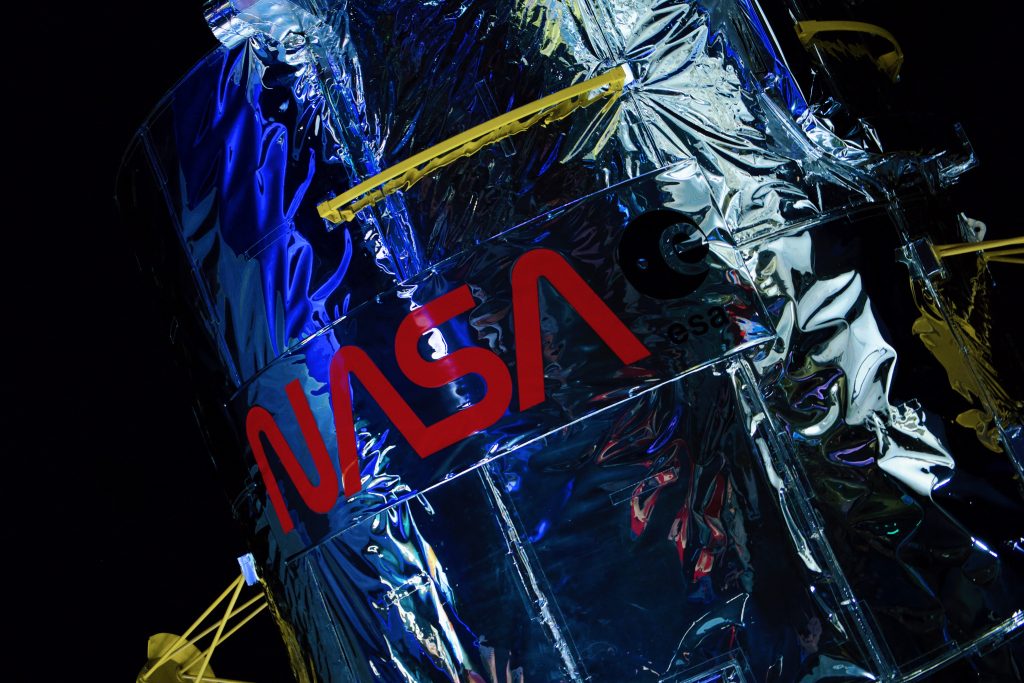
Refractor telescopes
Refractor telescopes are a popular choice for beginners. They use lenses to gather and focus light, providing crisp and high-contrast images. Refractors are known for their durability and low-maintenance requirements. However, they tend to be more expensive than other types and may have limitations in terms of portability and size.
Reflecting telescopes
Reflecting telescopes, also known as Newtonian telescopes, utilize mirrors to gather and reflect light instead of lenses. They are often more affordable than refractors and can provide excellent image quality. Reflectors are particularly well-suited for observing faint deep-sky objects. However, they may require more maintenance and care compared to refractor telescopes.

Compound telescopes
Compound telescopes, also known as catadioptric telescopes, combine the best elements of refractors and reflectors. They use a combination of lenses and mirrors to fold the light path, resulting in a compact and versatile design. Compound telescopes offer excellent image quality, are easier to transport, and have a wide range of focal lengths available. However, they tend to be more expensive than refractors and reflectors.
Catadioptric telescopes
Catadioptric telescopes are a type of compound telescope that use a combination of lenses and mirrors to form an image. They offer compactness and versatility, making them a popular choice among astrophotographers and those needing portability. Catadioptric telescopes tend to be more expensive compared to other types, and their complex design may require more maintenance and care.
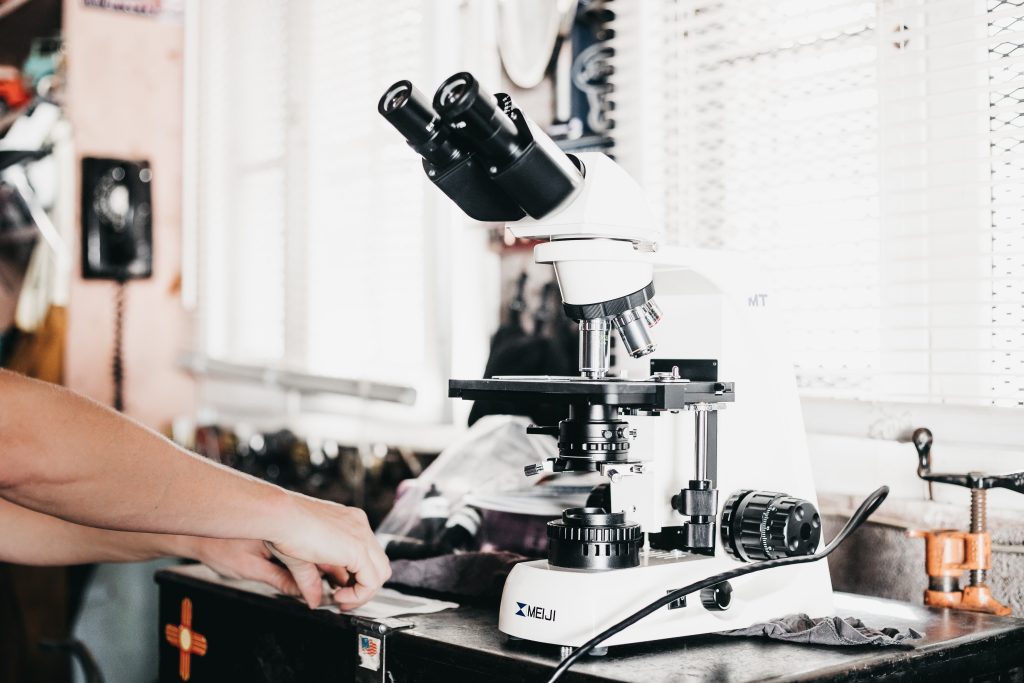
Importance of aperture size
Aperture size refers to the diameter of the primary mirror or lens in a telescope. It plays a crucial role in determining the telescope’s light-gathering capability and overall image brightness. Generally, larger apertures allow for more light to be collected, resulting in brighter and clearer images. Consider your viewing preferences – if you are interested in observing faint deep-sky objects, a larger aperture will provide better results.
Consider viewing preferences
It’s important to consider what you plan to observe with your telescope. If you’re mostly interested in observing the Moon and planets in our solar system, a telescope with a smaller aperture may suffice. However, if you’re passionate about exploring deep-space objects such as galaxies, nebulae, and star clusters, a larger aperture will provide better visibility and detail.
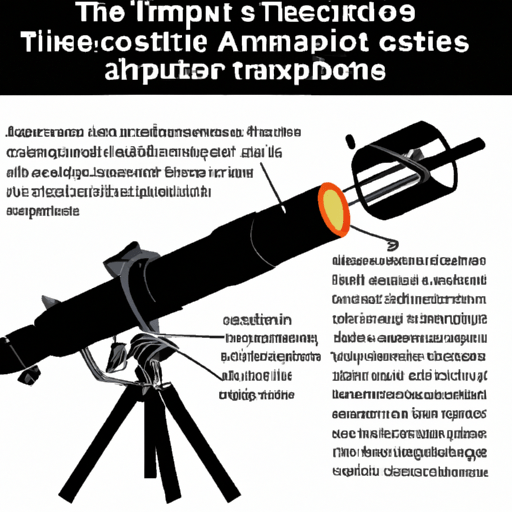
Understanding focal length
Focal length refers to the distance from the objective lens or mirror to the point where the image is formed. It affects the magnification and field of view of the telescope. Telescopes with longer focal lengths are better suited for observing celestial objects at high magnifications, allowing for detailed views of the Moon and planets. Shorter focal lengths provide wider views of the night sky, making them ideal for capturing larger celestial objects.
Optical performance vs. portability
When considering focal length, it’s important to strike a balance between optical performance and portability. Telescopes with longer focal lengths tend to be bulkier and more challenging to transport. On the other hand, telescopes with shorter focal lengths are generally more portable, making them ideal for observing sessions outside of your backyard. Consider how you plan to use your telescope and find a focal length that suits your needs.
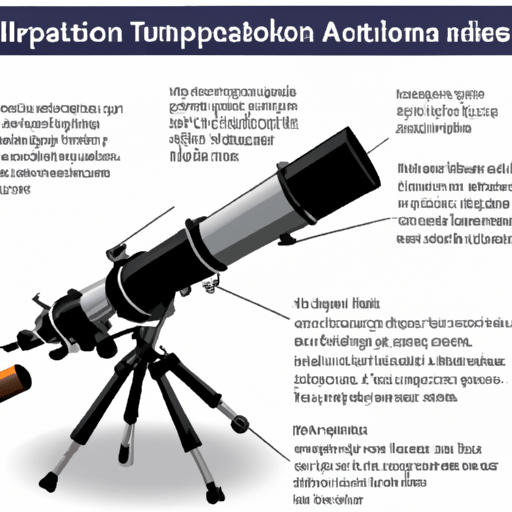
Stability and weight capacity
The mount and tripod of a telescope play a crucial role in its stability and ease of use. A stable mount is essential for steady viewing, as even the slightest movement can cause vibrations and affect image quality. Consider the weight capacity of the mount, ensuring it can support not only the weight of the telescope but also any additional accessories you may use. A sturdy tripod will provide a solid foundation for your observatory and minimize shake and wobbling.
Types of mounts
There are several types of mounts to choose from, including altazimuth and equatorial mounts. Altazimuth mounts are simple and intuitive, allowing for up and down and side to side movement. They are ideal for basic observations and beginners. Equatorial mounts, on the other hand, track the rotation of the Earth, making them suitable for more advanced observations and astrophotography. Equatorial mounts have a steeper learning curve but offer precise tracking and long-exposure capabilities.
Ease of use and portability
Consider the ease of use and portability of a telescope before making a purchase. If you plan to take your telescope to different locations or bring it on trips, a lightweight and portable option will be more suitable. Additionally, telescopes that are easy to set up and operate will enhance your overall observing experience and minimize frustration.
Consider optics quality
For optimal viewing experience, it’s important to consider the quality of the telescope’s optics. High-quality glass and coatings can significantly improve contrast, reduce glare, and enhance image clarity. Look for telescopes with reputable optical manufacturers and positive reviews regarding their optical performance. Investing in good optics will ensure that you can fully appreciate the wonders of the night sky.
Coatings and glass type
Telescope optics are often coated to improve light transmission, reduce reflections, and increase contrast. Look for telescopes with fully multi-coated optics, as they provide the highest level of light transmission and image fidelity. As for the glass type, telescopes with low-dispersion glass or ED (Extra-low Dispersion) glass offer superior color correction, resulting in sharper and more accurate views.
Choose a range of eyepieces
Eyepieces are crucial accessories that determine the magnification and field of view of your telescope. When choosing eyepieces, consider a range of magnifications to suit different observing scenarios. A lower magnification eyepiece will provide a wide field of view, making it ideal for observing large objects such as open star clusters or the Milky Way. Higher magnification eyepieces, on the other hand, are better suited for observing smaller and more detailed objects, such as planets and compact nebulae.
Barlow lens for magnification
A Barlow lens is another accessory that can be used to increase the magnification of your telescope. It is inserted between the eyepiece and the focuser, effectively doubling or tripling the magnification without the need for additional eyepieces. A Barlow lens is a cost-effective way to expand your range of magnification options and is particularly useful when observing planets or details on the Moon’s surface.
Importance of finderscope
A finderscope is a small telescope mounted on top of the main telescope tube. It helps you locate and center celestial objects before viewing them through the main telescope. Finderscopes typically have lower magnification and a wide field of view, making it easier to locate objects in the night sky. Having a finderscope can drastically improve your observing sessions by reducing the time spent searching for objects manually.
Types of finderscopes
There are different types of finderscopes available, including red-dot finders, optical finders, and reflex finders. Red-dot finders project a small red dot onto the sky to help you align your telescope with the desired object. Optical finders, on the other hand, provide a magnified view of the sky and are often equipped with crosshairs or reticles to aid in alignment. Reflex finders, also known as zero-power finders, provide an un-magnified view of the sky and rely on your eyes to line up the target.
Consider transportation and storage
When choosing a telescope, it’s important to consider its portability and how easy it will be to transport and store. If you plan on taking your telescope to different observing locations or traveling with it, a lightweight and compact option will be more practical. Additionally, consider the size of the telescope when fully assembled and make sure you have adequate storage space to keep it safe when not in use.
Size and weight
Telescopes come in a variety of sizes and weights, so it’s important to determine how much you can comfortably handle. Larger telescopes tend to have larger apertures and offer better image quality, but they can be heavier and more challenging to transport. Smaller telescopes are more portable but may have limitations when it comes to observing faint objects. Choose a size and weight that aligns with your physical abilities and observing preferences.
Additional accessories to enhance experience
There are numerous accessories available to enhance your observing experience. Some popular options include filters to enhance contrast and visibility, astrophotography adapters to connect your camera to the telescope, and dew shields or heaters to prevent condensation on the optics. Consider these accessories based on your interests and goals, and budget accordingly.
Future-proofing with upgrade options
As your interest and experience grow, you may find yourself wanting to upgrade certain components of your telescope. Consider telescopes that offer upgrade options, such as interchangeable eyepieces or the ability to attach a motorized drive for precise tracking. While it may not be necessary at the beginning, having the option to upgrade in the future can save you from having to invest in an entirely new telescope.
In conclusion, buying a telescope is an exciting endeavor, and considering the various factors outlined in this article will help you make an informed decision. Set a budget, consider the type of telescope, aperture size, focal length, mount and tripod stability, optical quality, finderscope, portability and storage, as well as additional accessories and upgrade options. By carefully evaluating your needs and preferences, you are sure to find the perfect telescope that will ignite your passion for astronomy and provide countless hours of celestial exploration. Happy stargazing!

